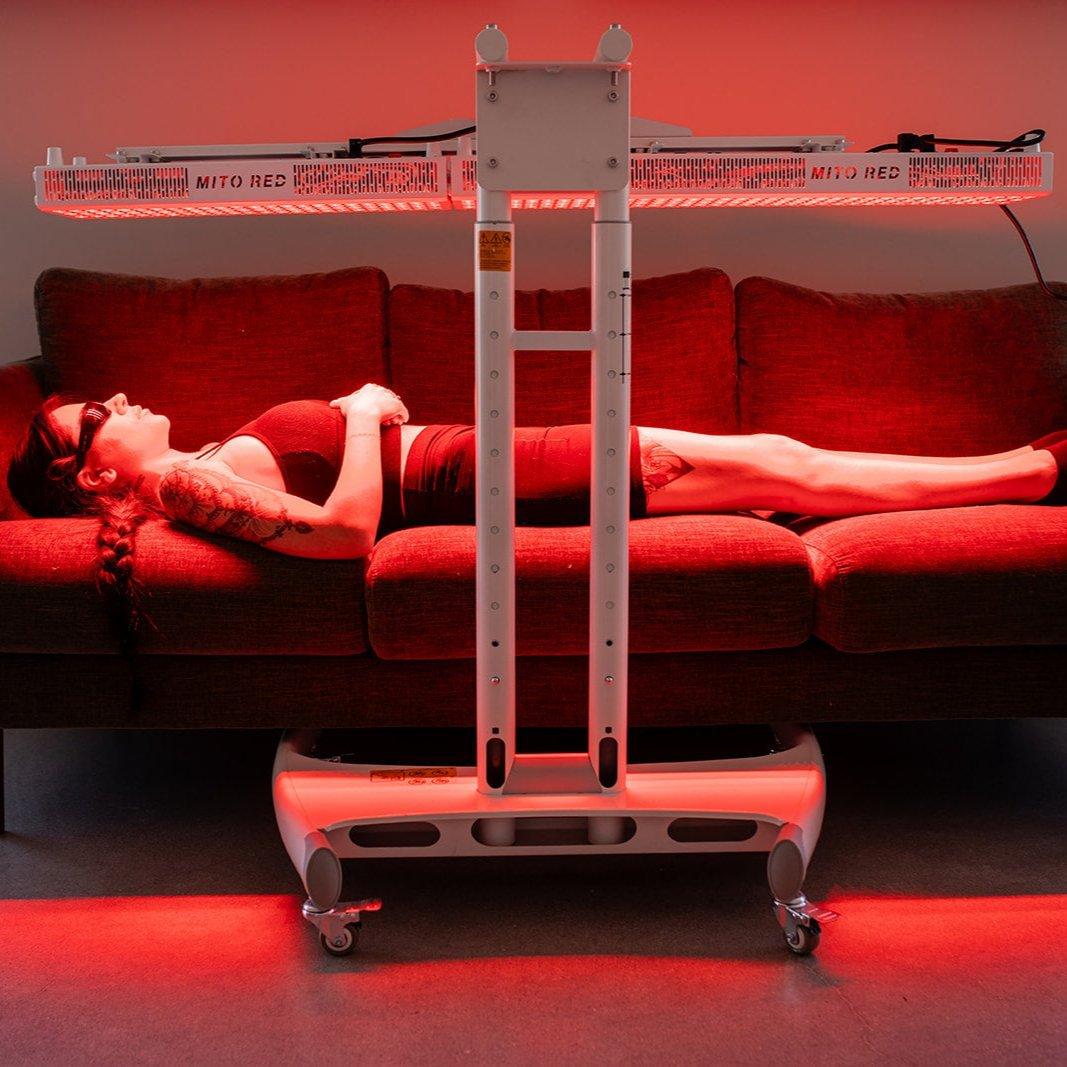Methanol-induced retinal toxicity, frequently associated with elevated free radicals and cell edema, is characterized by progressive retinal ganglion cell (RGC) death and vision loss. Previous studies investigated the effect of photomodulation on RGCs, but not the visual cortex. In this study, the effect of 670nm Light-Emitting Diode (LED) therapy on RGCs and visual cortex recovery was investigated in a seven-day methanol-induced retinal toxicity protocol in rats. Methanol administration showed a reduction in the number of RGCs, loss of neurons (neuronal nuclear antigen, NeuN+), activation of glial fibrillary acidic protein (GFAP+) expressing cells, suppression of brain-derived neurotrophic factor (BDNF+) positive cells, increase in apoptosis (caspase 3+) and enhancement of nitric oxide (NO) release in serum and brain. On the other hand, LED therapy significantly reduced RGC death, in comparison to the methanol group. In addition, the number of BDNF positive cells was significantly higher in the visual cortex of LED-treated group, in comparison to methanol-intoxicated and control groups.






























